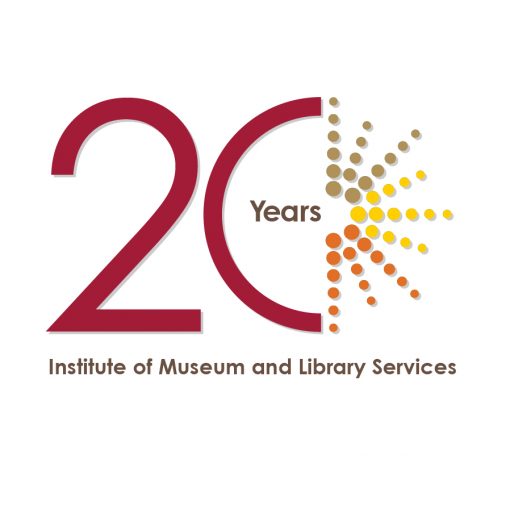Just because something needs to get done doesn’t mean that it will. I have learned this in many contexts, most recently in writing about the pharmaceutical industry. They come up as a good candidate to use Blockchain as a way of stopping counterfeiting. By all accounts, they continue to sit on their hands. While there are profound losses coupled with compromised safety, it’s not a priority, even at this time of otherwise well-publicized profitability.
From looking at this, I have figured out that there are two factors that motivate using Blockchain. The first is a transfer of value. It has grown exponentially due to Bitcoin. The second is recording transactions. This is what is driving governments, community organizations and libraries to use Blockchain. While value isn’t always transferred, the transactions are securely recorded. This lowers a barrier for the construction of peer to peer networks. Such networks have long been possible, but Blockchain increases security to the point where people are more comfortable making an attempt.
Bitcoin continues to be popular, but the rest of the Blockchain story is difficult to categorize. We can see that there are corporate, community and government components, but use is uneven. It could transform supply chain, but it has not. There is a beginning in libraries, but it remains to be seen if the peer to peer model will catch on, or whether Blockchain will ultimately be used by OCLC. For governments, Blockchain is at the point of smaller projects, such as its use by Austin, Texas in the delivery of services to the homeless. Beyond that, there is quantum computing specifically, along with supercomputing in general that render Blockchain obsolete, as was predicted in 1994. Still, Blockchain specifically and crypto in general could go on in different forms.
The easy part in writing about this technology is the technology itself. It is more difficult to speculate about human motivation. Free software, code and other tools grow exponentially, but it is anyone’s guess as to which one gets picked up by whom. Some will languish on GitHub. On the other hand, FreeBSD is the basis for Apple’s Mac OS, while Linux powers Google’s Chrome OS and Android. One of the best looking copies of Mac OS was Pear Linux, but it went nowhere and remains the province of those who enjoy trivia. Where Blockchain goes from here depends on what individuals and groups decide to do with it.

